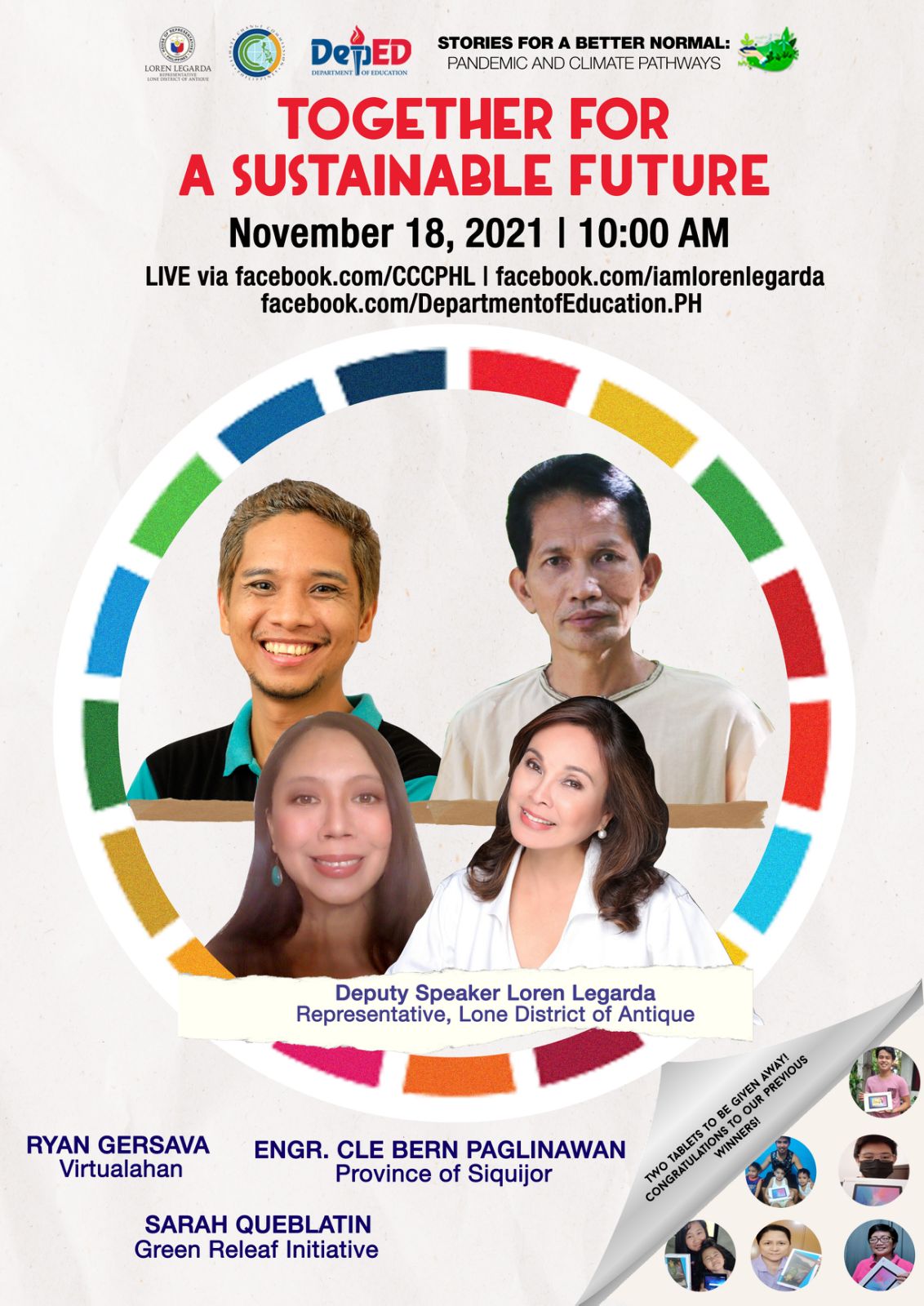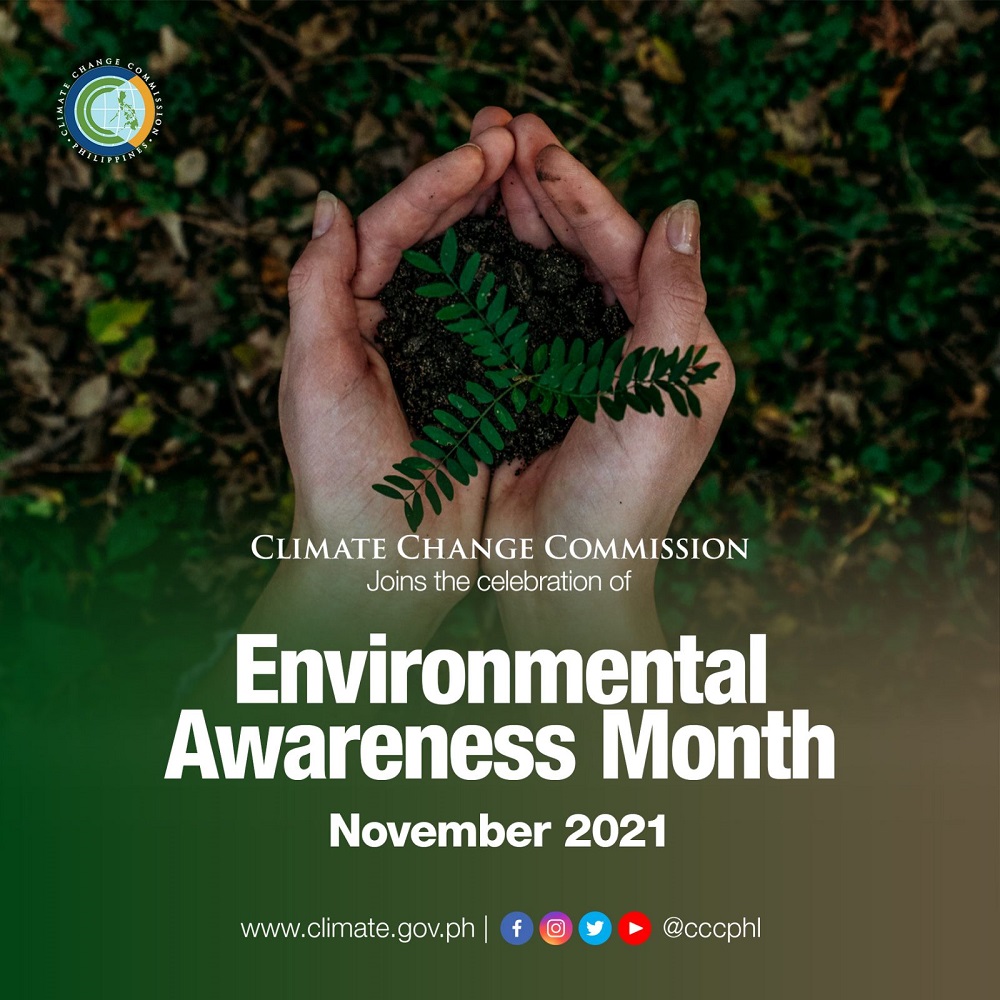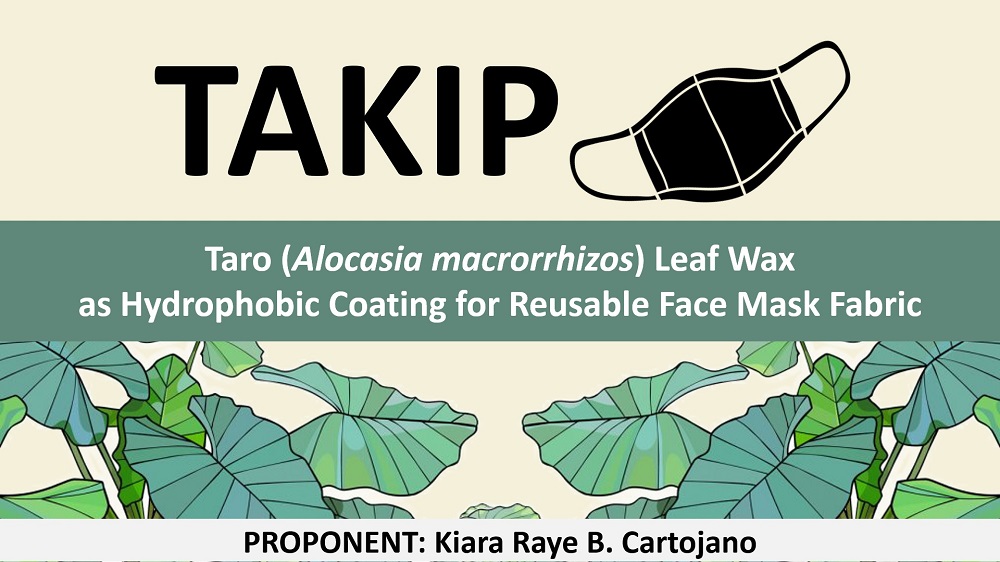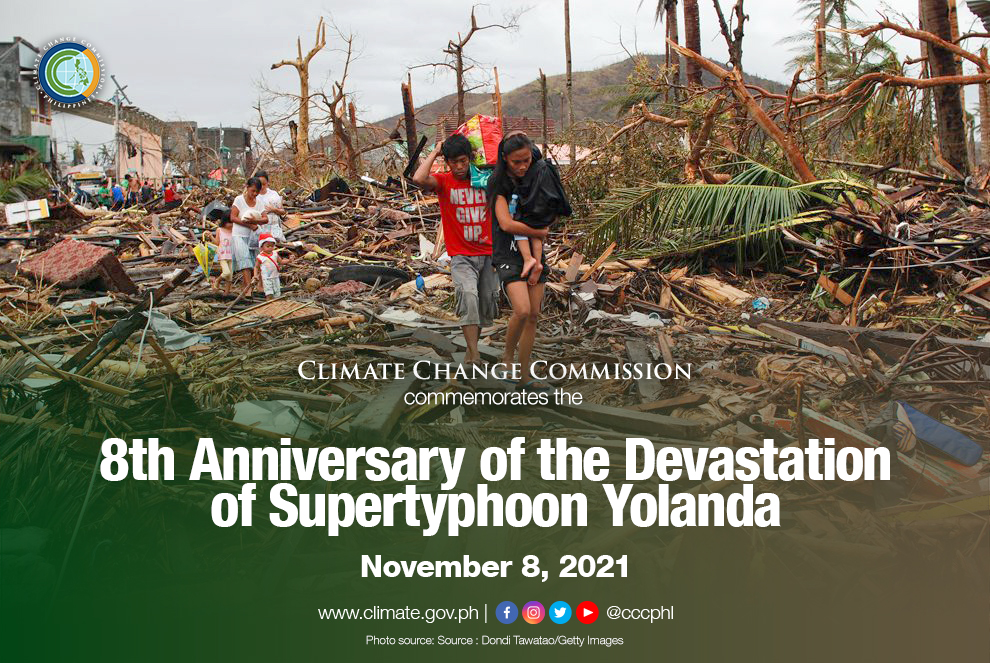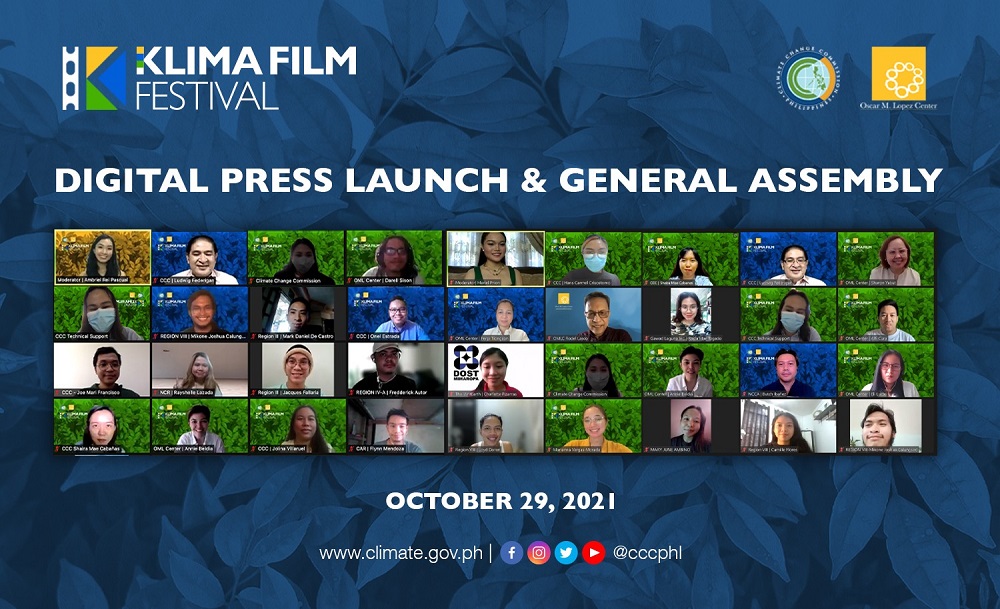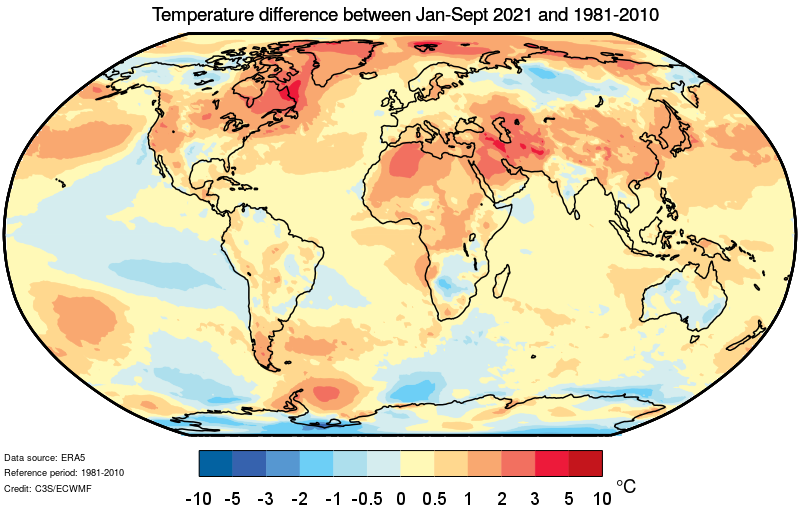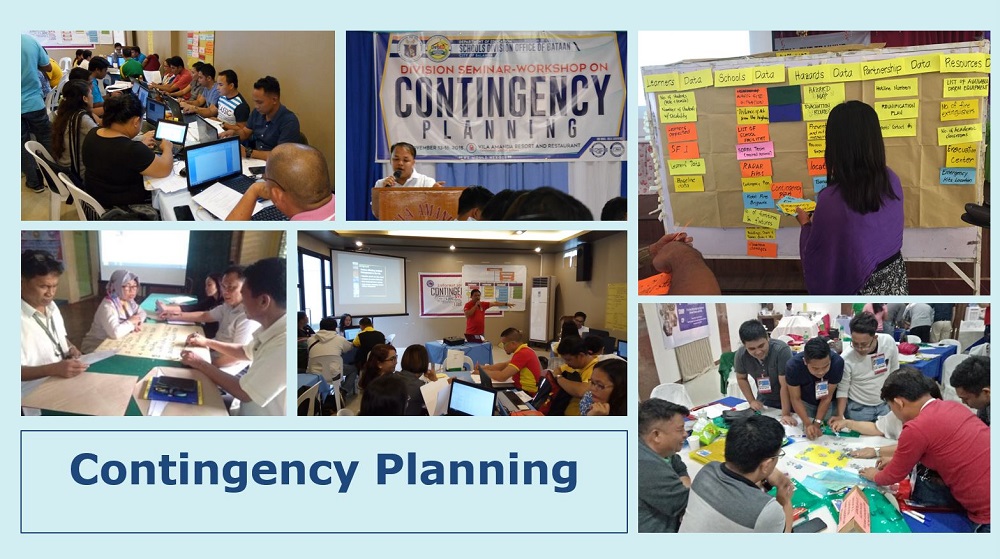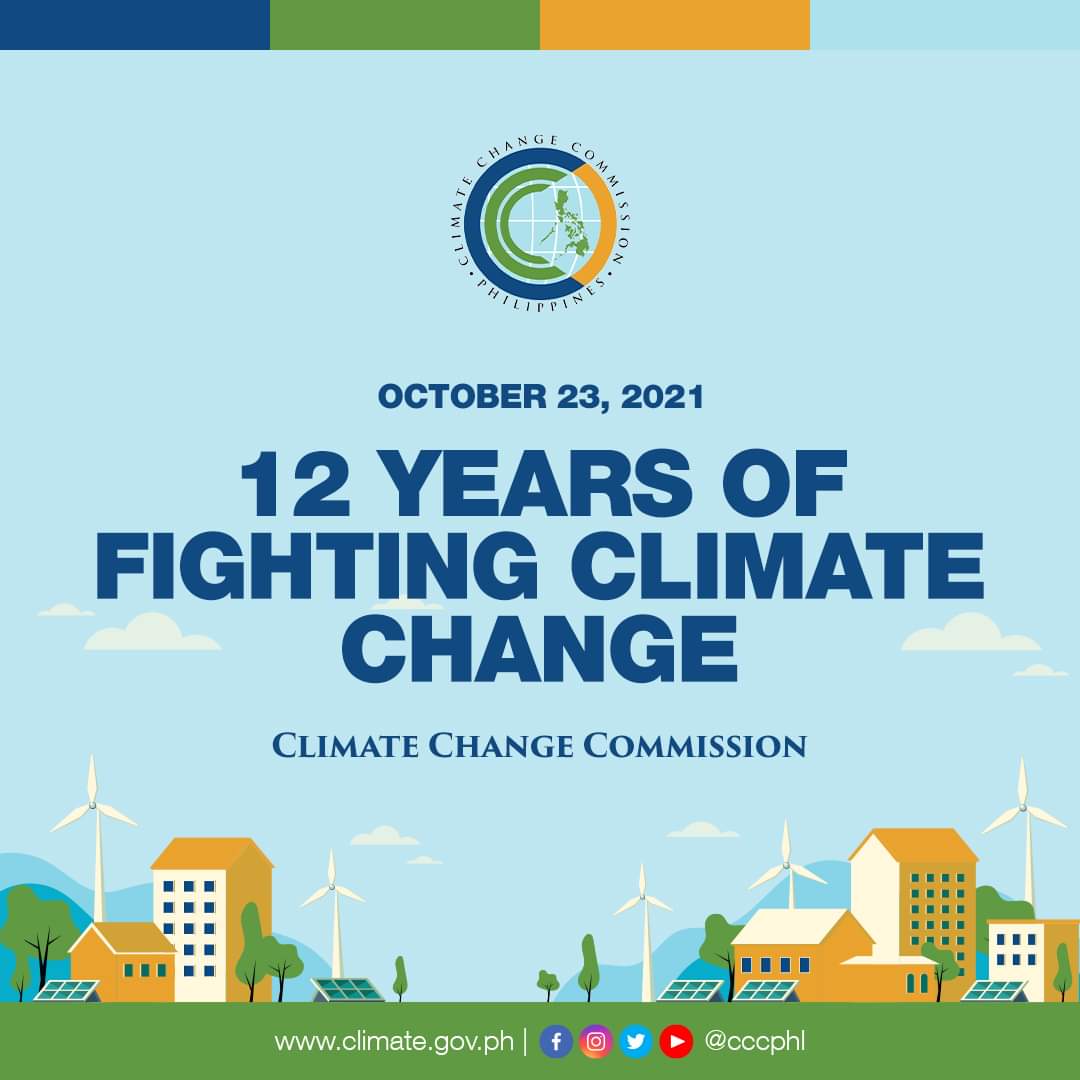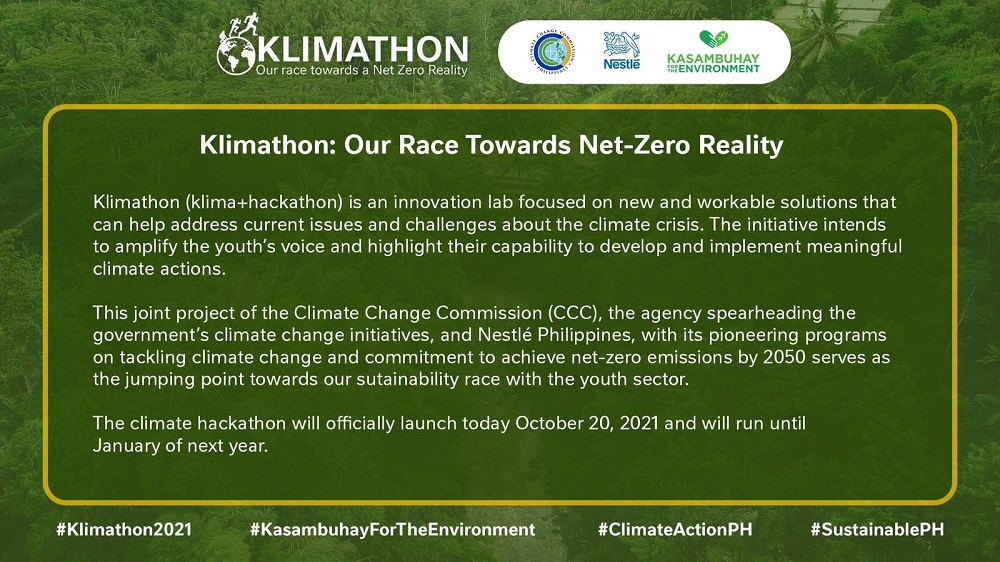TAKIP (cover in English) explores the feasibility of using wax from taro leaf (Alocasia macrorrhizos) as a for reusable face mask fabric to repel water. This can protect users from getting COVID-19 from droplets of water. Photo from the presentation of Kiara Raye Cartojano, inventor of Takip.
MANILA, 9 November 2021 — In continuation of its COP26 Youth Series, the 69th episode of “Stories for a Better Normal: Pandemic and Climate Change Pathways” once again highlighted the exemplary innovation of young Filipina innovators and advocacy campaigns of young leaders on climate change adaptation and mitigation.
The online conversation conceptualized and hosted by three-term Senator, now Deputy Speaker and Antique Representative Loren Legarda, with CCC Commissioner Rachel Anne S. Herrera as co-host, featured young inventors and climate advocates, including Engr. Aisa Mijeno, Inventor and Co-Founder of Sustainable Alternative Lighting (SALt); Kiara Cartojano, Inventor of Takip (Taro Leaf Wax coating for reusable face mask fabric); Engr. Angelica Anne Munar, an International Eco-Concrete Competition Awardee; and Engr. Danielle Madriaga, Coordinator for The Climate Reality Project Philippines.
“The youth will continue to drive the climate ambition that we need to have as a global community, and the youth will always continue to keep the governments and decision-makers accountable. We hope for the Philippine delegation to deliver, to bring home what we really need here, the support, financing, technology, for us to be successful in limiting global warming to 1.5 degrees Celsius,” said Comm. Herrera.
The first three guests shared their outstanding innovations, such as the Sustainable Alternative Lighting (SALt), a sustainable lamp powered by salt water; Eco-concrete made from recycled materials such as fly ash and waste glass combined with pozzolanic tuff; and Takip, a reusable face mask that uses Taro Leaf Wax as a hydrophobic coating for its fabric.
“We need to get ourselves involved because we are all going to be affected by climate change. Accessing of information, learning of what’s happening around is no longer an option, it is an obligation, not just for the youth, but for all of us. Moving and taking part in the solution should be our commitment, not just as a citizen of this country but also as an inhabitant of this world,” said Engr. Mijeno.
“What we can do as a youth is to be responsible for sharing climate information and awareness. Yung mga small actions po, like supporting local businesses that advocate for sustainability, that’s what the youth can also do in addressing the climate problem,” said Cartojano.
"Being eco-friendly does not only talking about shifting material decisions, it is also important to think about everything holistically, about your choices as a whole. Learning is actually limitless, but I believe leadership and sustainability should also be limitless,” said Engr Munar.
Engr. Madriaga, meanwhile, shared her journey as a Climate Reality Leader, the importance of green buildings, and the role of youth in the ongoing climate negotiations in Glasgow.
"To my fellow youth - Take this opportunity to be engaged because this is a critical decade for climate action. No matter where you are, no matter what you are doing, there's always something you can contribute. Take inspiration from the amazing youth innovators and leaders who were able to find a way to contribute in their own fields, and join us in manifesting a better reality, a better normal for all of us,” said Engr. Madriaga.
As a way of supporting young innovators, Deputy Speaker Legarda suggested for all their invention to be transmitted and proposed to the Department of Science and Technology for patenting.
"Lahat ng inventions ng ating mga kabataan ay dapat na mai-share sa DOST Community Empowerment thru Science and Technology (CEST) program at i-adopt, para hindi mawala sa kanila. May mga inventions sila, ngunit busy sa eskwela o walang pondong kapital, kaya nakakalimutan na, sayang lang. Now that we are doing the budget, we can provide an endorsement funding under the DOST-CEST," Deputy Speaker Legarda said.
As an online discussion to promote health, environmental consciousness, and climate-adaptive practices, "Stories for a Better Normal" aims to change the mindset of individuals, families, and communities by demonstrating ways in which a ‘better normal’ can be realized within our communities.
This online discussion is organized in partnership between the Office of Deputy Speaker Legarda and the Climate Change Commission, with support from the Department of Education, Philippine Information Agency, Institute for Climate and Sustainable Cities, The Climate Reality Project-Philippines and Mother Earth Foundation.
November 08, 2021 Monday

